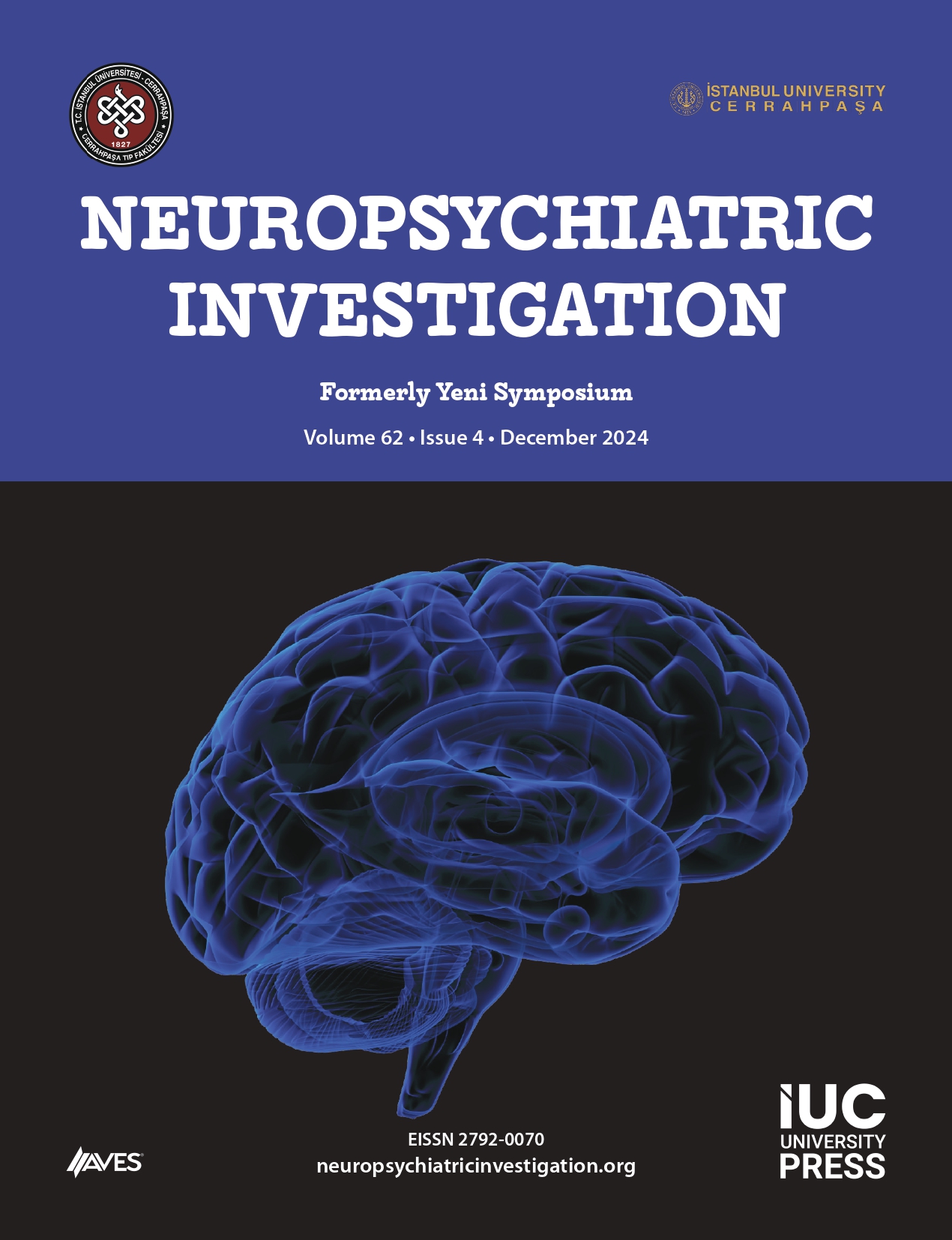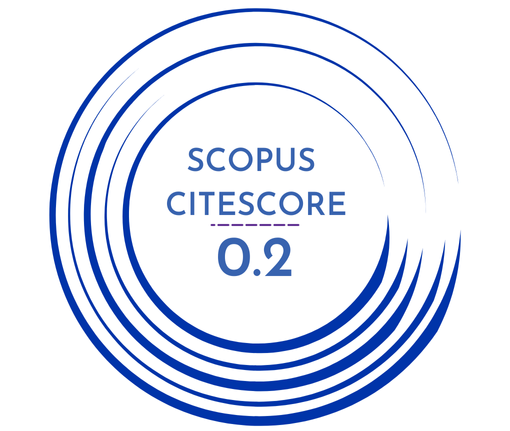Objective: Aim of the study was identifying correlates, protectors and predictors of suicidal ideation among 26 variables in a Turkish outpatient population.
Method: A retrospective and naturalistic study was designed and it was set in a private psychiatry clinic in Istanbul between 2011 and 2017 years. 1902 drug-free depressed patients were participated. Turkish versions of the Hamilton Depression Scale (HAMD), Hamilton Anxiety Rating Scale (HARS), Insight Evaluation Scale, and Quality of Life Scale (WHOQOL-BREF) were used. Each participant also was asked about suicidal ideation. Univariate analysis and predictive modeling were used to identify significant factors affecting suicidal ideation.
Results: 1082 women and 820 men were included; 999 (52.4%) reported suicidal ideation. Of the 26 factors associated with a high rate of suicidal ideation, high severity of depression, low severity of anxiety, low quality of life, and low insight were predictive. Receiver operating characteristic curve analysis showed that HAMD >21 for men was associated with a quality of life <76; in addition, HAMD >14, HARS <24, and WHOQOL-BREF <75 can be used as follow-up tools in suicidal ideation.
Conclusion: Contributing factors to increased suicidal ideation include decreased libido or appetite, high severity in depression, low quality of life, low anxiety and insight, family history of psychiatric disorder, and conversive seizures. Provocation of anxiety may be helpful in reducing suicidal ideation to some extent. In addition, protective actions may include increasing insight about depression, early intervention to lower depression severity, and increasing quality of life, educating the person’s social support system via proper psychotherapeutic approaches.




